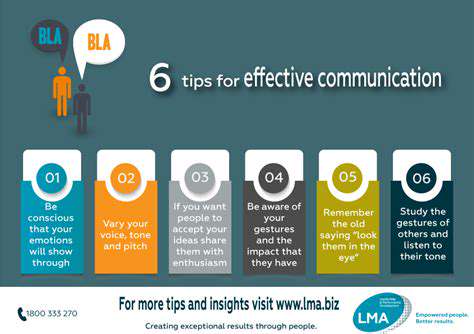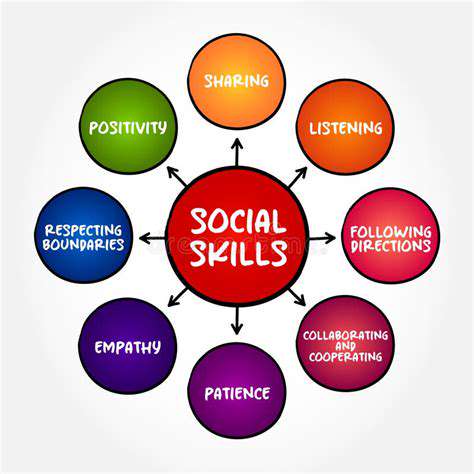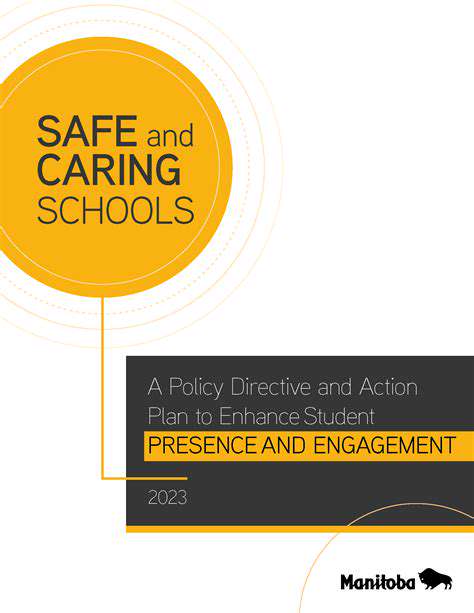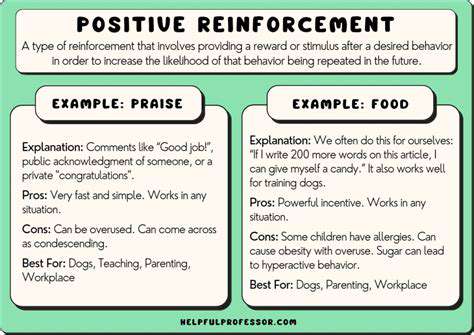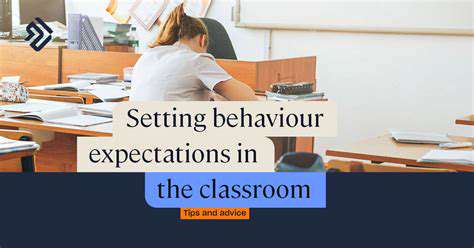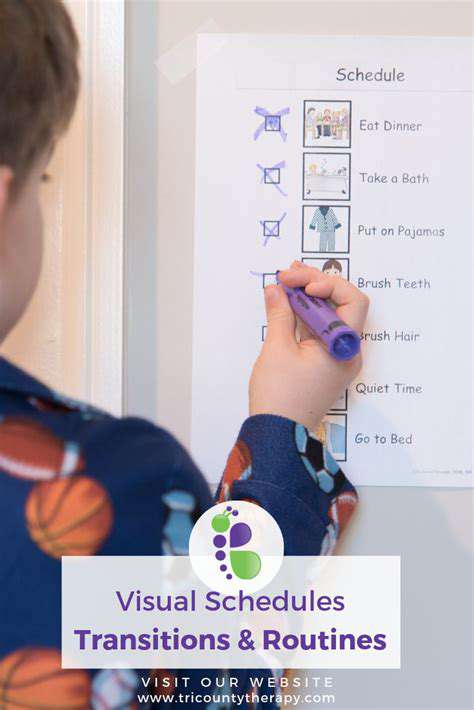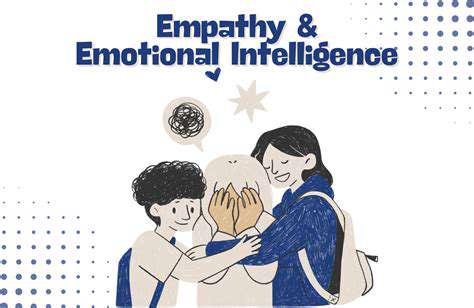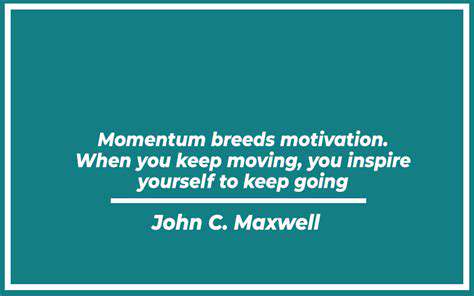Cultivating a Growth Mindset in Children: Embracing Challenges and Learning
The Role of Praise and Feedback
The Importance of Positive Reinforcement
Positive reinforcement, in the form of praise and constructive feedback, plays a crucial role in fostering a growth mindset in children. Praising effort, persistence, and the process of learning, rather than solely focusing on outcomes, teaches children that intelligence and abilities can be developed through dedication and hard work. This approach helps them understand that setbacks are natural parts of the learning journey and not indicators of inherent limitations.
By highlighting the steps a child takes to overcome challenges, we empower them to view challenges as opportunities for growth rather than threats to their self-worth. This positive reinforcement cultivates a resilient spirit and encourages them to embrace future learning experiences with confidence.
Specific Praise Strategies for Growth
Instead of simply saying Good job, try focusing on the specific actions and strategies the child employed. For example, I noticed how you stayed focused on your math problems even when they were difficult. That shows me how much you're trying to understand the concepts. This type of specific praise helps children understand what exactly they did well and encourages them to replicate those successful strategies in the future.
Avoid praising intelligence directly. Instead, focus on effort, perseverance, and the process of learning. Phrases like I'm impressed with how you kept trying even though it was difficult are more effective than You're so smart. This distinction encourages a focus on the development of skills and strategies, which are key components of a growth mindset.
Constructive Feedback as a Tool for Improvement
Constructive feedback is an essential part of the learning process. It provides children with the opportunity to identify areas where they can improve, without undermining their self-esteem. Offering specific examples of how a child can approach a task differently is important. This helps them understand their mistakes as learning opportunities, rather than personal failings.
For example, instead of saying Your drawing isn't very good, try I noticed you used a lot of light colors in your drawing. Perhaps using a wider range of colors and shading techniques could bring out more detail in your artwork. This approach focuses on suggestions for improvement, rather than simply criticizing the outcome.
Avoiding the Pitfalls of Praise
Overpraising can be detrimental to a child's development. Children who are constantly praised for everything, regardless of effort or accomplishment, may become overly reliant on external validation and lose their intrinsic motivation to learn and grow. It can also lead to a focus on outcomes rather than the process of learning.
Similarly, praising only the easy tasks can inadvertently discourage children from taking on challenges. Encourage children to tackle difficult tasks and emphasize the importance of perseverance and effort in overcoming obstacles. This approach helps them understand the value of hard work in achieving their goals.
The Role of Feedback in Self-Reflection
Feedback is not just about what others say; it's also crucial for fostering self-reflection in children. Encourage children to analyze their own work and identify areas where they can improve. This process allows them to develop their metacognitive skills and become more aware of their own learning processes.
By asking questions like What could you do differently next time? or What did you learn from this experience?, you empower children to take ownership of their learning and develop a deeper understanding of their strengths and weaknesses. This self-reflection is essential for cultivating a growth mindset and promoting continuous improvement.
The Importance of a Supportive Learning Environment
A supportive learning environment is crucial for fostering a growth mindset in children. This environment should be characterized by encouragement, empathy, and a focus on the process of learning. It is essential to create a space where children feel comfortable taking risks, making mistakes, and asking questions without fear of judgment or criticism.
Creating a classroom or home environment that values effort, perseverance, and the joy of learning is key. By emphasizing the importance of the learning journey, rather than just the destination, children are more likely to develop a growth mindset and embrace challenges with enthusiasm and resilience.
Creating a Supportive Learning Environment
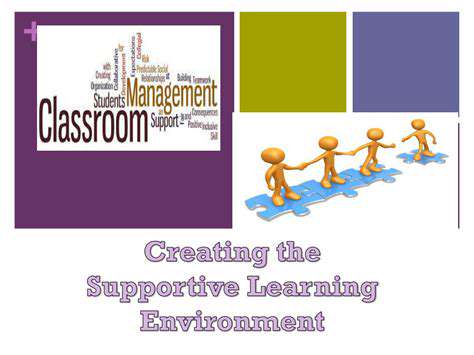
Creating a Supportive Learning Environment: Fostering Engagement and Growth
A supportive learning environment is crucial for student success. It's not just about providing a comfortable classroom; it's about cultivating a space where students feel valued, respected, and empowered to learn and grow. This environment promotes active participation and encourages students to take risks without fear of judgment. Creating this type of environment requires a multifaceted approach, encompassing both the physical and emotional well-being of the learner.
Teachers play a pivotal role in shaping this environment, setting the tone and providing a safe space for exploration and discovery. By fostering a culture of respect and empathy, teachers create an atmosphere conducive to learning.
Understanding the Needs of Diverse Learners
Recognizing and addressing the diverse needs of learners is fundamental to building a supportive environment. Students come with varying learning styles, cultural backgrounds, and individual strengths and challenges. This diversity enriches the classroom and provides opportunities for rich and varied perspectives.
Promoting Positive Relationships
Strong relationships between students and teachers, as well as among students themselves, are vital components of a supportive learning environment. Encouraging collaboration and teamwork fosters a sense of community and belonging. Creating opportunities for students to connect with each other and develop positive relationships helps build confidence and reduces feelings of isolation.
Utilizing Effective Teaching Strategies
Employing effective teaching strategies can significantly impact student engagement and success. Strategies such as active learning techniques, differentiated instruction, and incorporating technology can cater to diverse learning styles and increase student participation. Active learning, for example, involves activities that encourage students to actively process information and apply their knowledge.
Engaging students in the learning process is essential, and effective teaching strategies can help achieve this goal. This can lead to a more profound understanding of the subject matter and a greater appreciation for the learning experience.
Encouraging Communication and Feedback
Open communication channels between teachers and students are essential for a supportive learning environment. This includes providing constructive feedback and actively listening to student concerns. Creating a space where students feel comfortable sharing their thoughts and ideas is paramount for fostering a culture of learning.
Building a Culture of Respect and Trust
A culture of respect and trust is the bedrock of a supportive learning environment. This involves treating all students with dignity and valuing their perspectives. Establishing clear expectations and boundaries is crucial for maintaining a positive and productive learning atmosphere, ensuring that everyone feels safe and respected. This environment empowers students to take risks and embrace challenges without fear of negative consequences.


